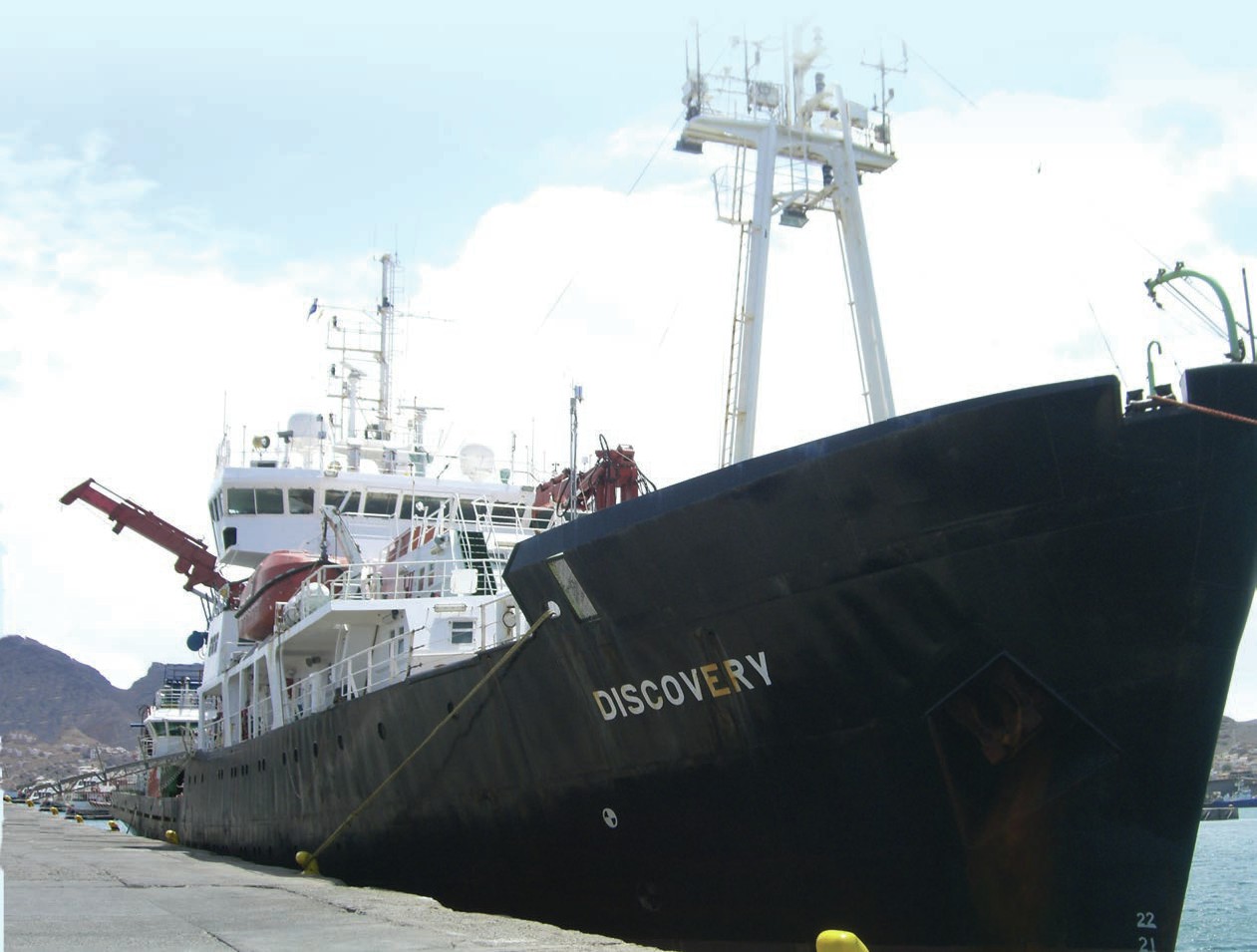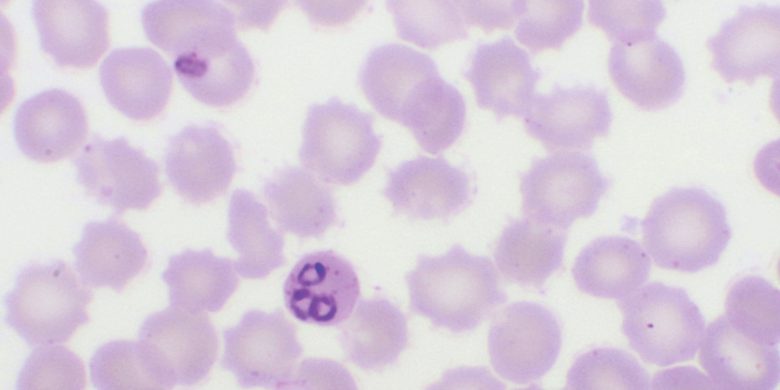
Stratospheric ozone (the ozone layer) protects our planet from ultraviolet radiation, but at lower levels ozone is a harmful pollutant. Monitoring and studying the levels of atmospheric pollutants, such as ozone and the oxides of nitrogen, in a remote part of the world far away from human influence is important if we are to understand the impact that our urbanised society is having on our planet.
You might wonder how monitoring trace levels of gases in the atmosphere around a volcanic island in the middle of the Atlantic Ocean would help us to understand the chemical processes that lead to air pollution in our major cities. Ozone (O3), while protecting us from dangerous ultraviolet radiation in the stratosphere, is a major component of air pollution in the troposphere (Figure 1). It aggravates asthma and can cause irritation to the respiratory system and reduced lung function (Box 1). It also has a detrimental effect on plant growth and hence can affect crop yields. The majority of O3 formation in the troposphere occurs when nitrogen oxides (nitric oxide (NO) and nitrogen dioxide (NO2), collectively termed NOx), carbon monoxide (CO) and volatile organic compounds (VOCs), such as benzene, react in the atmosphere in the presence of sunlight (Figure 2). Motor vehicle exhaust, industrial emissions and chemical solvents are the major anthropogenic sources of these chemicals.
Your organisation does not have access to this article.
Sign up today to give your students the edge they need to achieve their best grades with subject expertise
Subscribe




